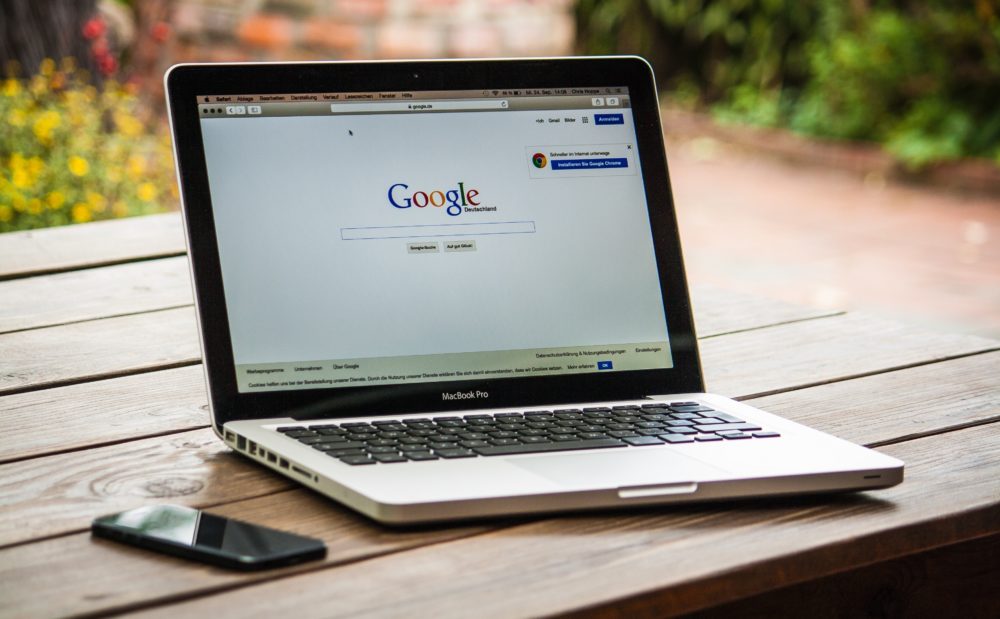


You’ve probably got a website ( 49% of small businesses don’t!). If you’re reading this, you’re probably one of the more advanced small business marketers, especially when it comes to digital. Your fast-track Google My Business optimization guide If you’re still murky on how it all works, and why you need to do this at all, Google has a one-minute long video that walks you through why Google My Business matters and what you can get out of it. This is the first page you’ll see (if you’re in the US) if you had a Google Places account and haven’t logged in since Google moved you to the Google My Business platform last year. You will be able to set up most of your account before then, but it won’t appear on Google until that postcard arrives.
#GOOGLE MY BUSINESS OPTIMIZATION TUSTIN CODE#
That involves waiting 1-2 weeks for a postcard with a special code to arrive. You should also know that if you haven’t verified your business in the past, you’ll need to do that when you set up your new account. In this case, you definitely need to go in and make some tweaks so your business looks good on the new site. This is a fairly common situation for busy owners, especially if they aren’t that into online marketing.
#GOOGLE MY BUSINESS OPTIMIZATION TUSTIN UPDATE#
So it’s kind of like an information hub for those other products, sites, and services.ĭid you have a Google Places or a Google+ Page for your business, but haven’t logged in since the update last year? Then your account has been automatically migrated to Google My Business. Now information from your Google My Business account can appear on: Basically, Google created the new product – Google My Business – to combine the dashboards of their other local “products” so everything was more streamlined. If you’ve used one of Google’s older products – Google Local, Google Places – the new rollout of Google My Business might have been confusing. Recommended read: 20 Email Marketing Tips For Local Businesses How Google My business fits into the other Google properties

Google hasn’t done it again since, but some owners still hold a grudge. In 2012, Google erased tens of thousands of online reviews that small businesses had worked very hard to get. They have a really hard time keeping up with the changes.Īnother downside is that Google can shake things up, and not always in a good way. This drives some small business owners crazy. First, because Google tends to want to improve things all the time, they’re also changing things all the time. While it may be effective – and even a favorite for many small business owners, Google’s local search products do have some downsides. Small business owners were asked if could choose only one digital channel to drive traffic to their website, which would it be? A third of them said local search. And just to back that statement up, here’s another chart from the BrightLocal survey. At least that’s what BrightLocal’s survey reveals:Ĭlearly, we’ve got something here that’s worth the time of even a time-pressed small business owner. Local search comes out ahead of any other marketing technique for local businesses in terms of ROI. Well-executed, they can be a major business boost to your marketing efforts. And the list goes on. One of the best marketing resources (aside from email, of course) for local businesses is a Google My Business site.

There’s also the whole world of in-store marketing to master. Local SEO alone is a very different beast than regular SEO. Marketing for local businesses is very different than marketing for digital ones.


 0 kommentar(er)
0 kommentar(er)
